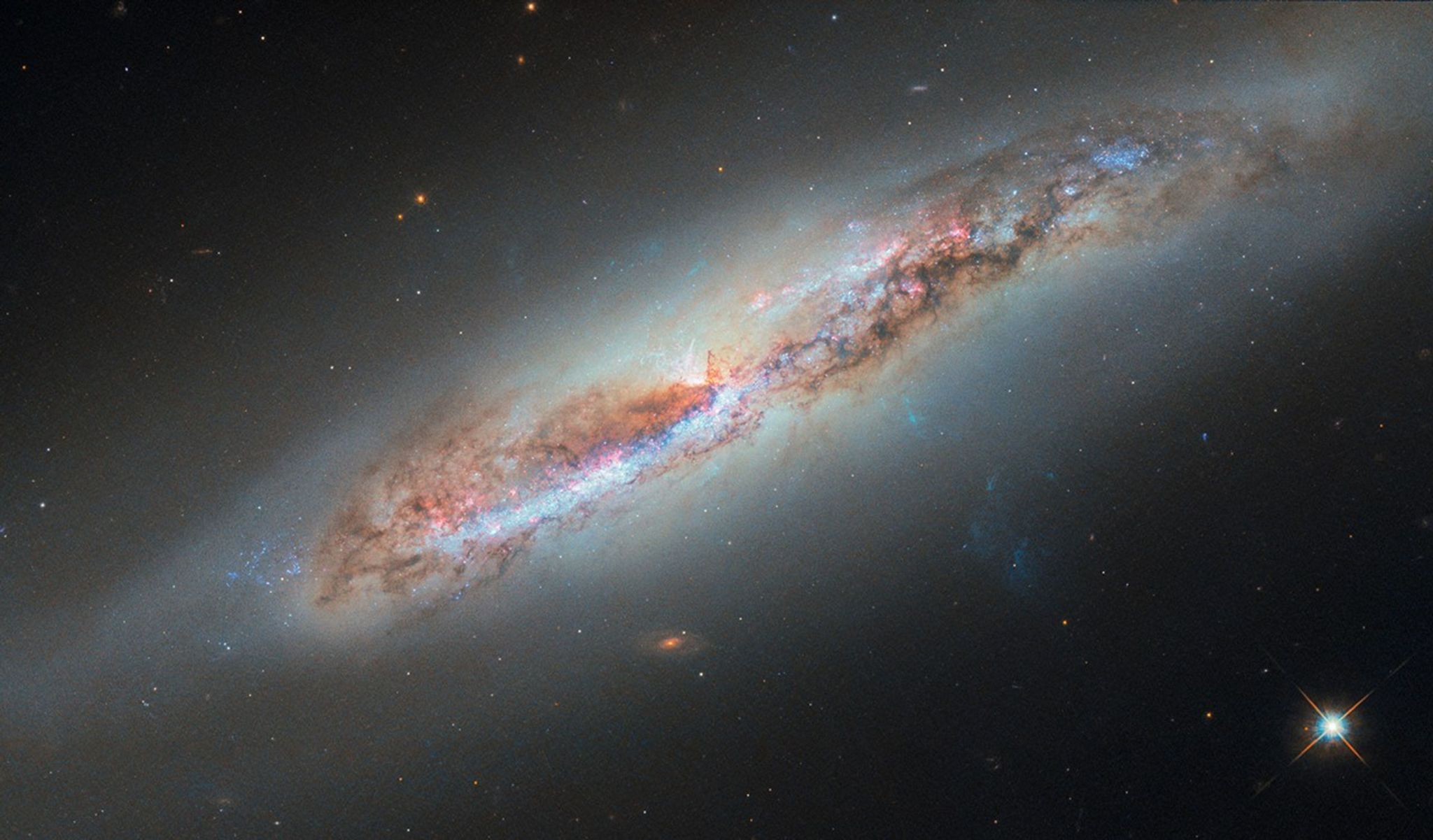from NASA Breaking News http://ift.tt/1vOCfh0
via IFTTT
NASA is considering issuing a challenge for developing stratospheric airships that can break records for duration of flight at high altitudes.
The Committee on Space Research (COSPAR), an international scientific organization, will have its 2018 meeting in Pasadena, California, hosted by Caltech and supported by JPL.
The initial descent of the Rosetta mission's comet lander Philae was captured in a 3D image and in sound by instruments aboard the spacecraft.
At one of the world's deepest undersea hydrothermal vents, tiny shrimp are piled on top of each other, layer upon layer, crawling on rock chimneys that spew hot water.
Jim Watzin has been named the new director for NASA's Mars Exploration Program at NASA Headquarters in Washington.
Scientists have produced a new version of what is perhaps NASA's best view of Jupiter's ice-covered moon, Europa.
New research from JPL could have implications for transmitting information securely, including communications between Earth and spacecraft.
Weather -- rain, heat and wind -- affects the moisture in soil that allows plants to grow. How does soil moisture influence weather in return?
Images from NASA's Dawn Mission have been used to create a series of high-resolution geological maps of the large asteroid Vesta, revealing the variety of surface features in unprecedented detail.
NASA's InSight mission has begun its assembly, test and launch operations phase, on track for a March 2016 launch to Mars.
A new map from NASA's Near Earth Object Program reveals that small asteroids frequently enter and disintegrate in Earth's atmosphere with random distribution around the globe.
The Rosetta mission's Philae comet lander bounced off the surface twice before coming to rest on the surface. Many of its science instruments have already sent back data.
We've seen early images of comet 67P, and now we're able to "hear it sing," thanks to instruments on the European Space Agency's Rosetta spacecraft.
European Space Agency's Rosetta mission will attempt to land on a comet tomorrow, Nov. 12.
The ruddy color of Jupiter's Great Red Spot is likely a product of simple chemicals being broken apart by sunlight in the planet's upper atmosphere, according to a new analysis of data from NASA's Cassini mission.
In an early holiday gift to the world's weather and marine forecasting agencies, ocean-winds data from NASA's newest Earth-observing mission are being released two months ahead of schedule.
The relay radio on NASA's MAVEN spacecraft has completed a successful test of receiving Mars rover data, which MAVEN then forwarded to Earth.
NASA's Cassini mission continues its adventures in extraterrestrial oceanography with new findings about the hydrocarbon seas on Saturn's moon Titan.
By studying dust structures around other stars, astronomers are learning where planets are hiding.
Two NASA and one European spacecraft that obtained the first up-close observations of a comet flyby of Mars on Oct. 19, have gathered new information.
NASA has relaunched its Webby Award-winning website, Global Climate Change, with enhanced interactive features that play on any mobile device, state-of-the-art visuals, and new sections on climate change solutions and the people behind the science.
After sailing through space for more than 10 years, the European Space Agency's Rosetta spacecraft is now less than a week shy of landing a robotic probe on a comet.
A NASA sounding rocket experiment has detected a surprising surplus of infrared light in the dark space between galaxies, a diffuse cosmic glow as bright as all known galaxies combined.
A NASA media telecon on Friday, Nov. 7, will provide initial science observations of comet C/2013 A1 Siding Spring's close flyby of Mars and the impact on the Martian atmosphere.
Reddish rock powder from the first hole drilled into a Martian mountain by NASA's Curiosity rover has yielded the mission's first confirmation of a mineral mapped from orbit.
NASA will host a news teleconference at 11 a.m. PST (2 p.m. EST) Thursday, Nov. 6, to announce discoveries from a sub-orbital rocket experiment that are redefining what we think of as galaxies.
This NASA/ESA Hubble Space Telescope image features the galaxy NGC 4388, a member of the Virgo galaxy cluster. ESA/Hubble & NASA, ...
